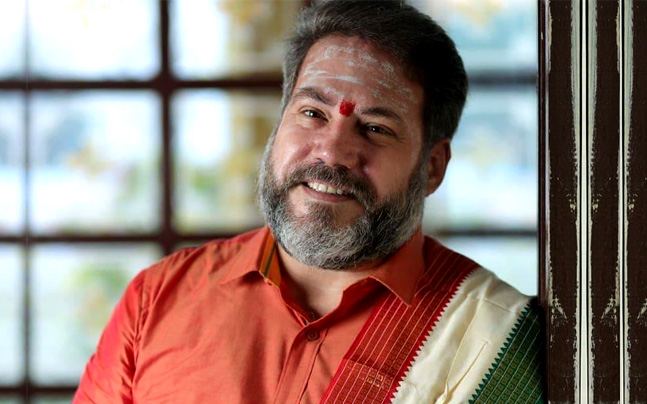Yoga Vidya Niketan (YVN), Member Institute of Indian Yoga Association successfully conducted its annual one-month Yoga Summer Course from May 1 to May 31, 2024. The course ran for one and a half hours daily across 41 physical centers around Mumbai and Navi Mumbai, extending…
Modern science is often caught up with trying to prove “existence” through empirical studies. This trend has come into Indian traditional circles and we find many asking for “proof” in this regard.

It is vital to understand that the modern scientific research methods are not the only ones to be accepted. The Indian tradition has numerous methodologies and we need to open our minds and hearts to understand that there are more ways to realisation of the truth and reality than just the popular RCTs (Randomised Controlled Trials) of Pharmaceutical driven research studies.
Methods of gathering evidence of the reality were called Pranama and according to Indian traditions; Pramana refers to the obtaining, attaining and experiencing of a valid and appropriate knowledge or wisdom.
In the Yoga Darshan, Maharishi Patanjali provides us with the three fold methodology to attain Pramana.
pratyaksha anumana agamah pramanani-Yoga Sutra (1.7)
He says Pratyaksha (direct perception), Anumaana (inference) and Aagama (reliable testimony) are these methods. Sometimes Shabda is also used instead of Aagama.
Our capacity for direct perception is based on the refinement of both our cognitive and sensory competence and hence in the Yoga tradition great emphasis was placed on Pranayama, Pratyahara and Dharana as methods to refine these tools. Through Pranayama Sadhana one gets clarity of mind and then one can transcend the sensory inputs and perceive the reality from “above” through clear cognition.

Then the one pointed focussed mind will enable the reality to be clearly understood.
As suggested by my dear Alessandro Garcea, “The problem of ‘proof’ in spiritual research is extremely important, notwithstanding the specific path that one has chosen. But, also in this field, Indian world can give us the right answer that other Traditions have lost. If we admit that the observer is relevant in every process of verification, then we must recognize that the result of the verification varies according to the evolution of the observer him/herself”.
A very pertinent point indeed from a dedicated Sadhaka.
This preparation is part of the Sadhana that must be undertaken by a Sadhaka or researcher to understand the next level of evidence which is based on inference. One must have a clear head to make a hypothesis (pratijna), find the core reason behind the manifestation (hetu) and then be experienced enough to create and express clear examples and metaphors (drshtanta).
The hypothesis involves both the idea to be tested and the object on which it is to be tested. If one is able to find continuous positive examples then the hypothesis gets accepted and if not it is negated. Similarly negative examples become counter evidence that then negates the original hypothesis.
Indian traditions have maintained high levels of rigour by demanding that the reason (hetu) must always and independently account for the inference in “all” cases, both in cases of positive as well as negative findings.
Shraddha is an important attribute of true Sadhaka and hence one learns to trust and accept the reliable testimony in the form of Aagama or Shabda. These sources may be Vaidika when one is accepting as a valid source of reference the statements and teachings of the Rishis in the Vedas. It may also be Laukika which is the usage of more common, yet trustworthy human sources.
The Advaita Vedanta and Mimamsa Darshanas often also use other methods such as Upamaana which refers to comparative analysis and Arthapatti that is based on hypothetical postulates of common sense. Nyaya Darshan accepts Upamaana too.
Anupalabdhi or Abhaava which is the cognitive proof using methods of non-perception or non-existence is often used in Advaita Vedanta as seen in many of the compositions of Sri Adi Shankara.
I think that it is time we take another look at these levels of evidence and explore how they can be incorporated in the research studies being done in the Indic systems.
If we can find common ground between them and the modern methods, we may just be able to make the biggest breakthrough in human scientific inquiry.
















